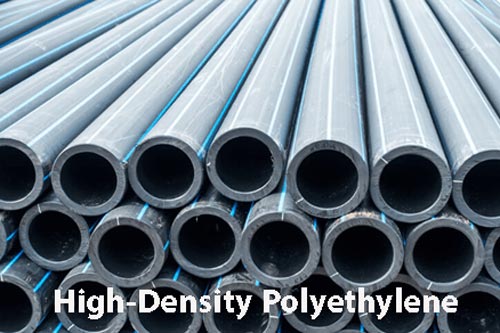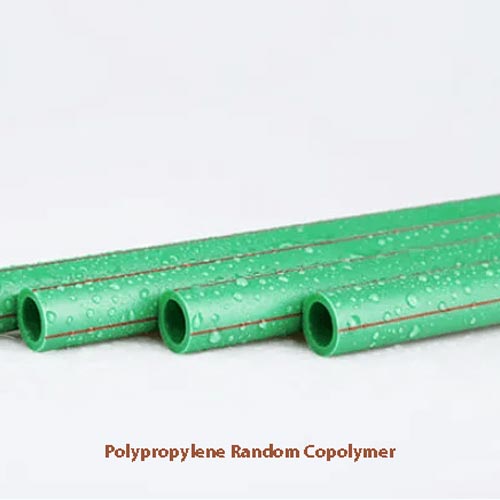What are the differences between PPR and HDPE pipes?
PPR (Polypropylene Random Copolymer) and HDPE (High-Density Polyethylene) are two types of plastic pipes used for various applications. Here are the differences between PPR and HDPE pipes:

- Material Composition:
- PPR Pipes: PPR pipes are made from a type of polypropylene copolymer, which is a thermoplastic material. It is known for its excellent chemical resistance and high-temperature resistance.
- HDPE Pipes: HDPE pipes are made from high-density polyethylene, which is a strong and durable thermoplastic polymer. HDPE is known for its high strength, impact resistance, and flexibility.
- Pressure Rating:
- PPR Pipes: PPR pipes are commonly used for plumbing systems and have a high pressure rating. They can withstand higher operating pressures compared to HDPE pipes.
- HDPE Pipes: HDPE pipes are used for a wide range of applications, including water supply, irrigation, and gas distribution. They have a lower pressure rating compared to PPR pipes.
- Temperature Resistance:
- PPR Pipes: PPR pipes have excellent temperature resistance and can handle both hot and cold water systems. They can withstand higher temperatures compared to HDPE pipes.
- HDPE Pipes: HDPE pipes have good temperature resistance but have a lower maximum temperature limit compared to PPR pipes. They are suitable for cold and moderate temperature applications.

- Joining Methods:
- PPR Pipes: PPR pipes are typically joined using a heat fusion method, such as socket fusion or butt fusion. These methods create strong and leak-proof connections.
- HDPE Pipes: HDPE pipes can be joined using various methods, including heat fusion (butt fusion, electrofusion) and mechanical connections (flanges, compression fittings). Heat fusion provides strong and reliable joints.
- Flexibility:
- PPR Pipes: PPR pipes are relatively rigid and less flexible compared to HDPE pipes. They are typically used for fixed plumbing installations.
- HDPE Pipes: HDPE pipes are more flexible and have excellent bending capabilities. They are suitable for applications where flexibility and resistance to ground movement are required.
- Chemical Resistance:
- PPR Pipes: PPR pipes have excellent chemical resistance and are resistant to a wide range of chemicals, acids, and alkalis.
- HDPE Pipes: HDPE pipes also have good chemical resistance but may be susceptible to certain chemicals or solvents. They are generally resistant to corrosion.
It's important to consider the specific requirements of your application and consult industry standards and regulations to determine the most suitable pipe material for your needs.